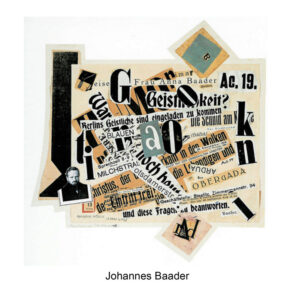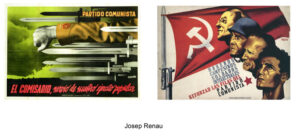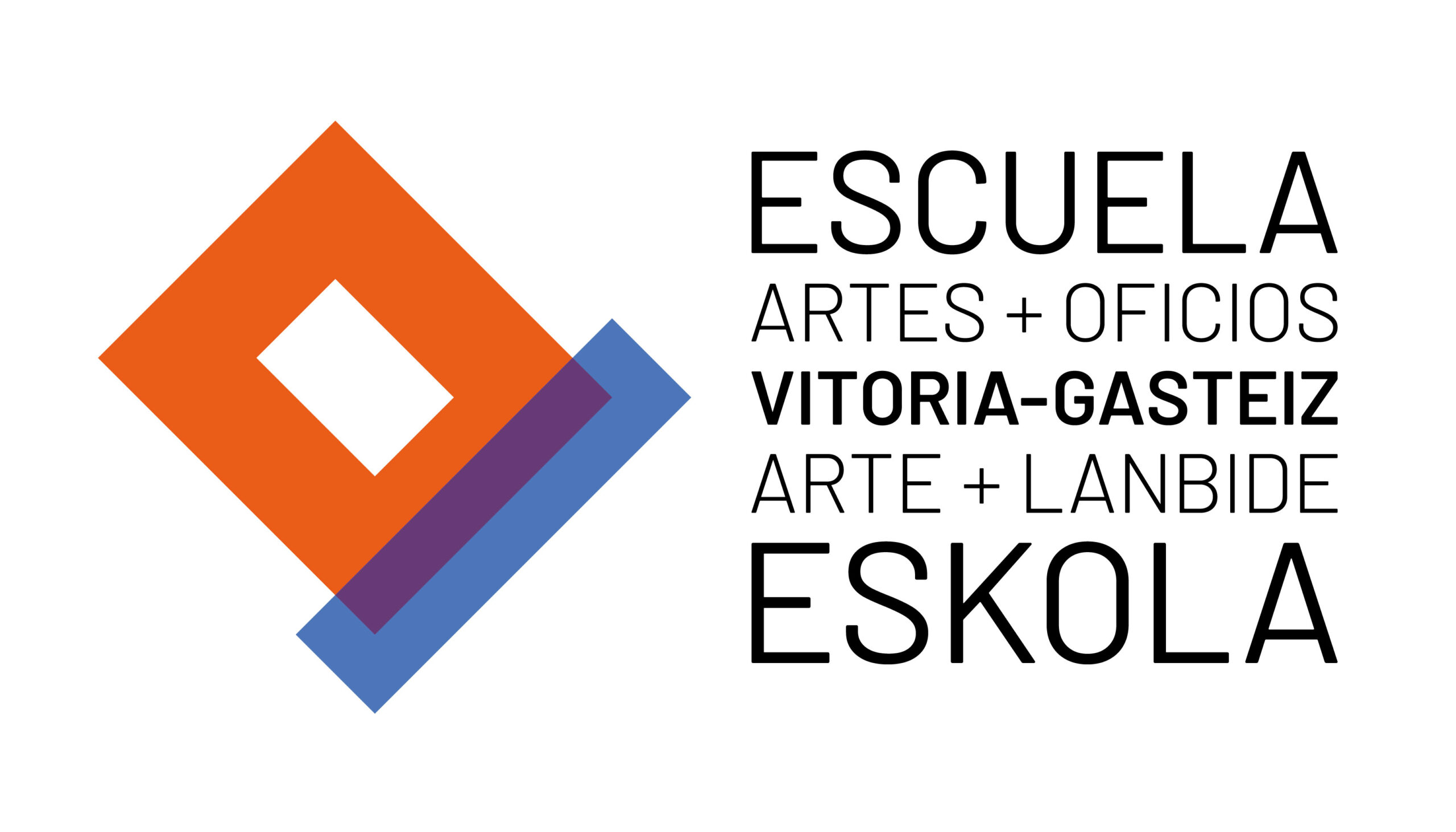The art of photomontage began in Europe just after World War I. The term photomontage was invented by the Dada group in Berlin, Germany. The term photomontage was invented by the Dada group in Berlin, Germany.
Between 1916 and 1918: John Heartfield, George Grosz, Hannah Höch, Raoul Hausmann, and Johannes Baader embarked on the adventure of producing new images using this technique.


These artists wanted to express themselves in a way that was different from traditional forms (painting) and that also moved away from collage, while at the same time having more meaning than abstraction.
Collage and photomontage have the same principle: they are a sum of several different images on the same two-dimensional canvas. But collage is made from drawings, engravings, illustrations by adding real objects while photomontage manipulates reality by creating a new photographic image. The cubist collages used cut-out photographs in isolation, but it was the Dadaists who resorted to photography for their photomontage compositions.
In the USSR, Alexander Rodchenko and El Lissitzky , among others, will stand out.

After the First World War the use of photomontage transcends to advertising and...of course! to political propaganda. Posters, magazines... adopted the new means of expression.
In a world, and above all in a Europe that was unknowingly heading for disaster, it became urgent to convince the people, the voters of one tendency or another.
The Spanish Civil War has already clearly exposed the power of photomontage.

To be continued......
